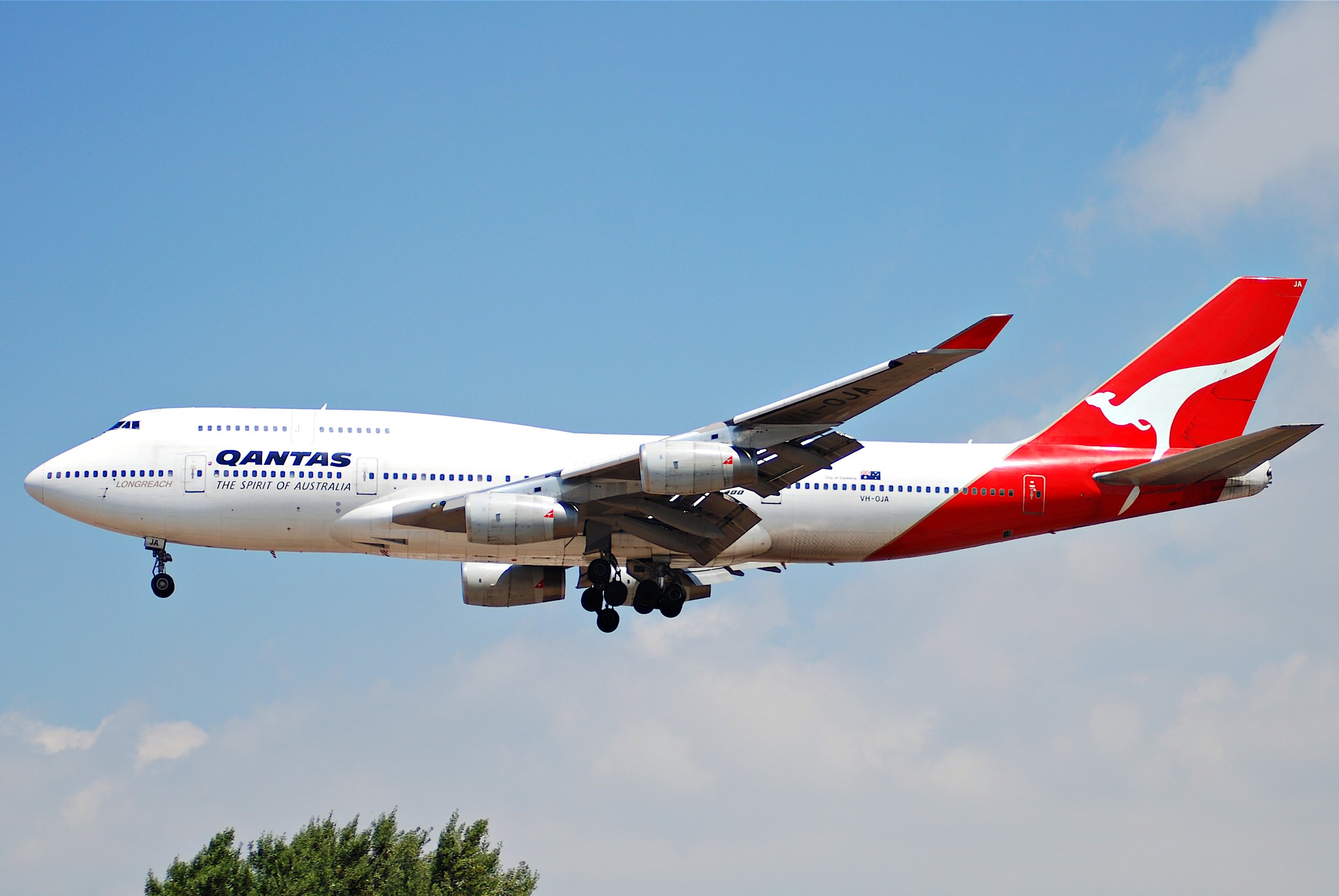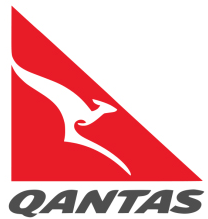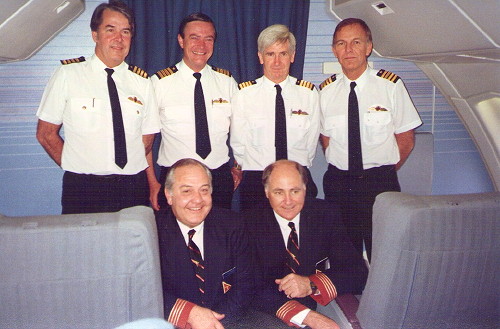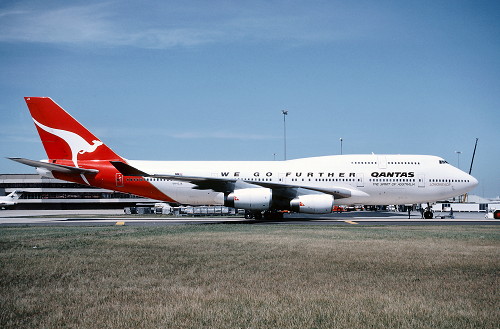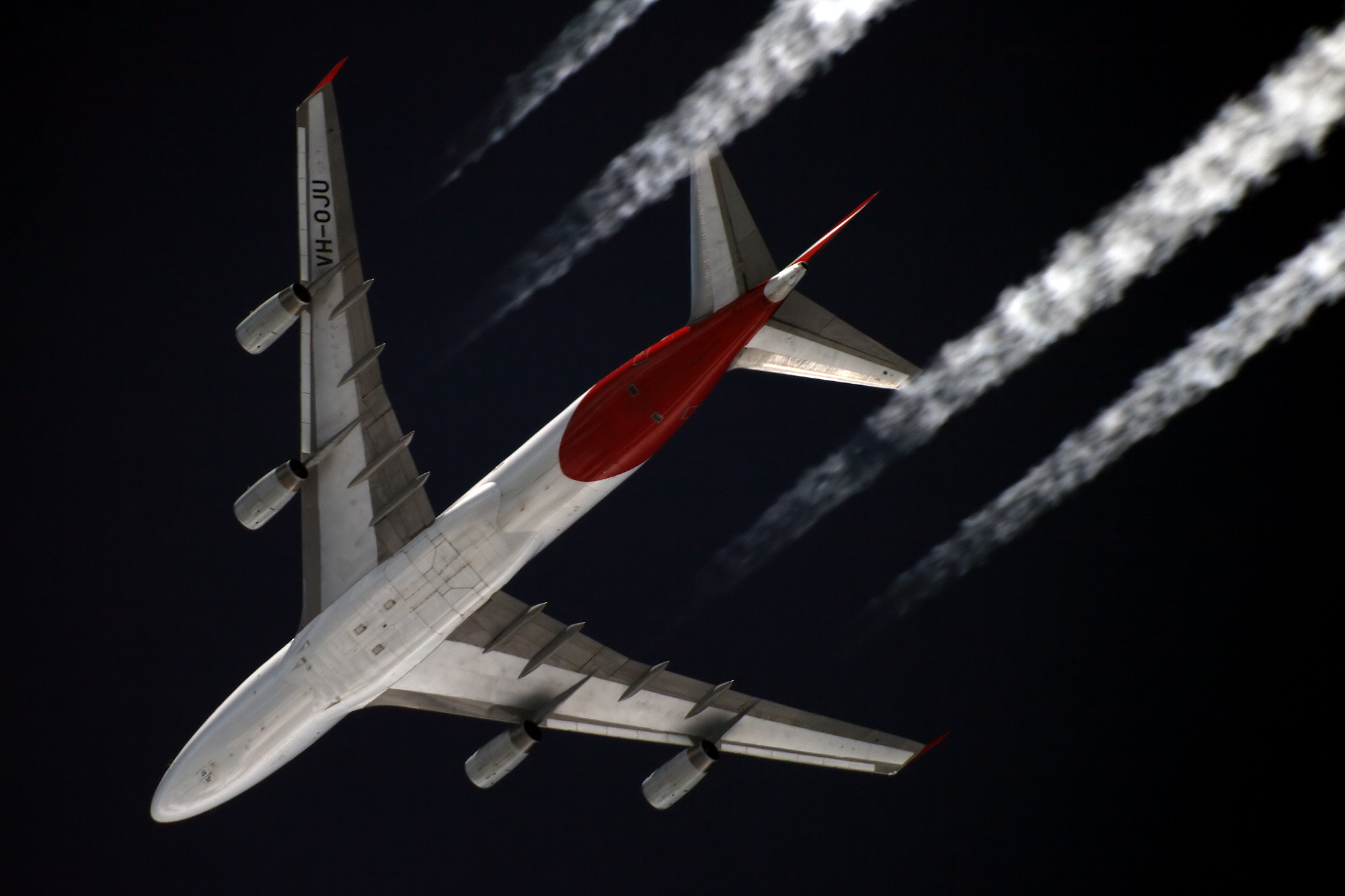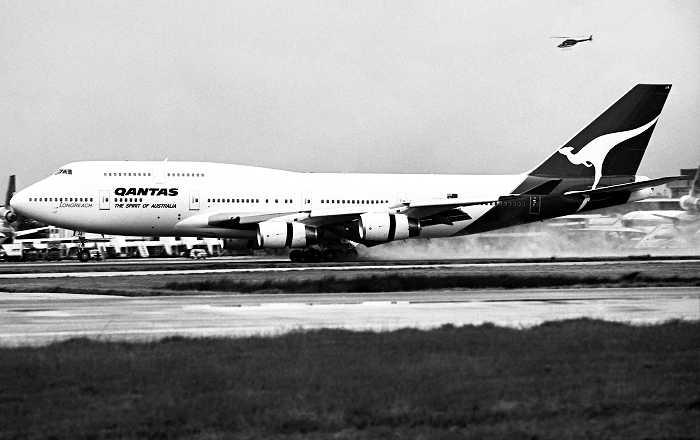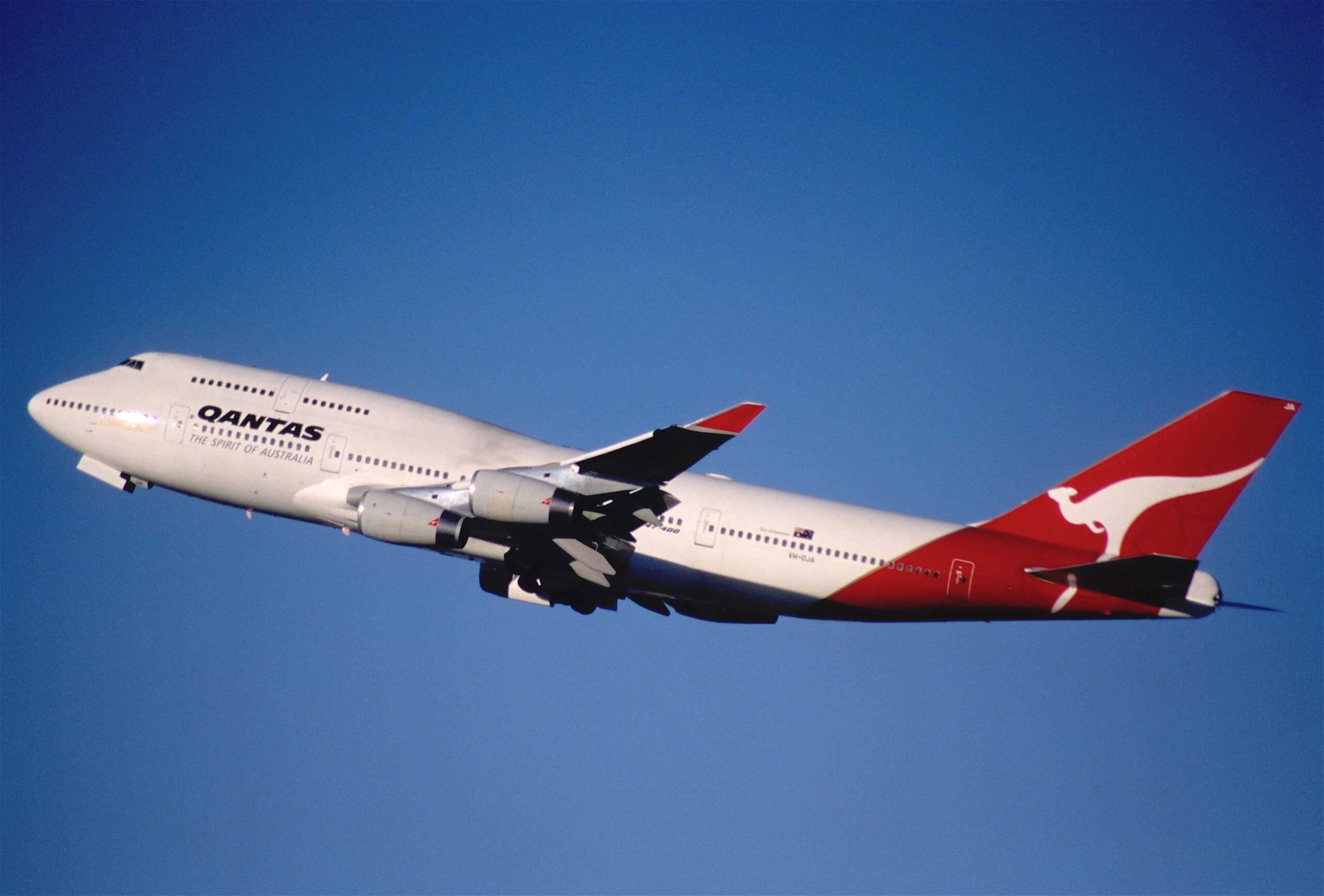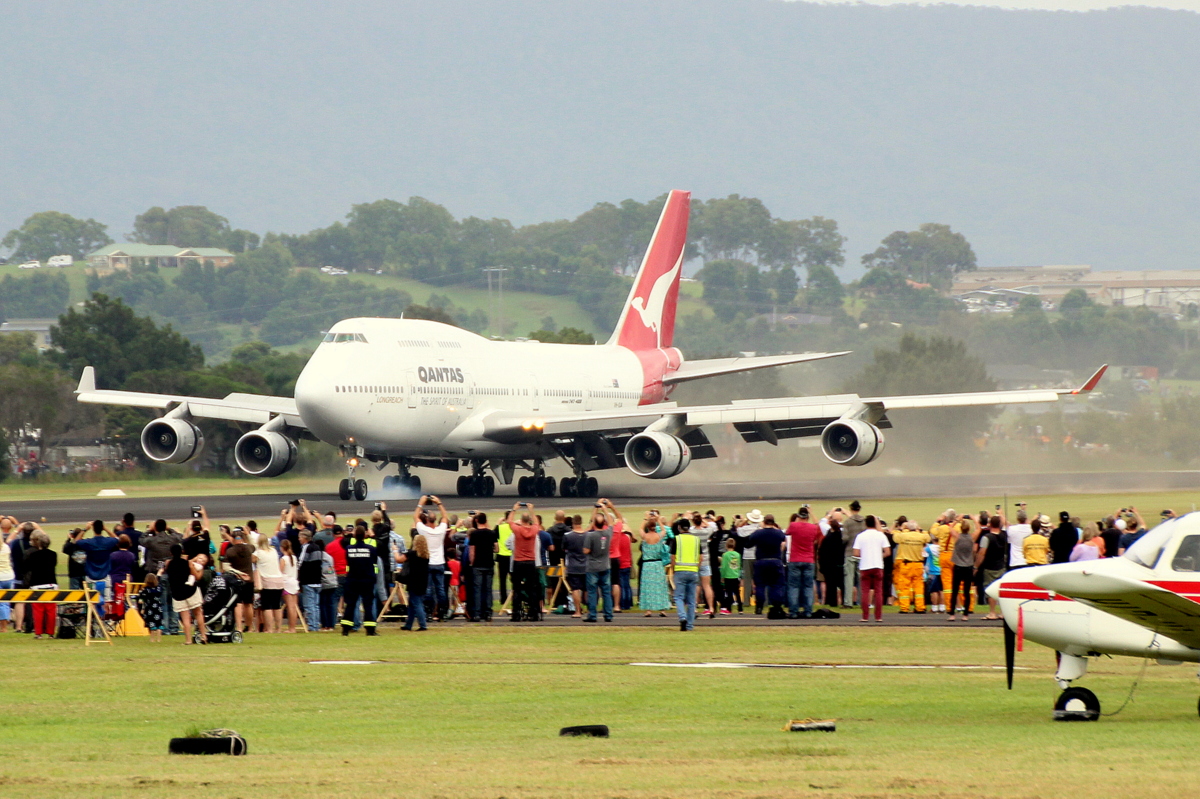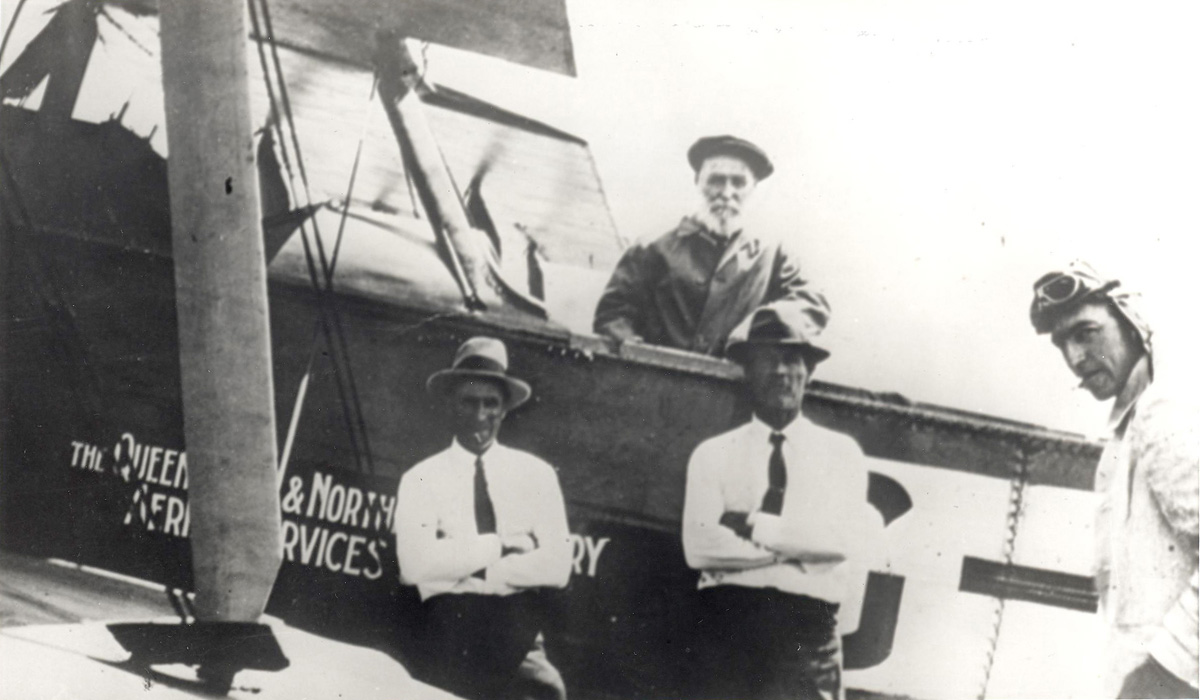

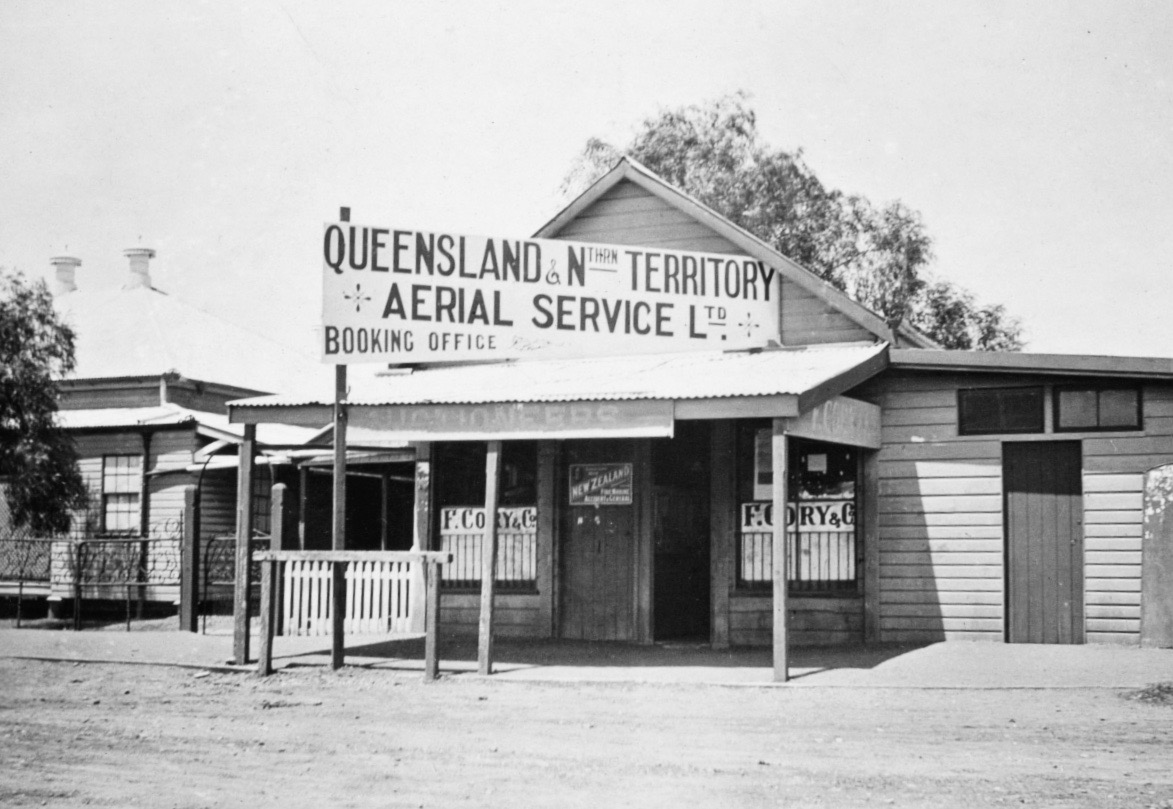
Qantas’ web site describes the event:
An 84-year-old outback pioneer named Alexander Kennedy became the first Qantas passenger on a scheduled flight. He had agreed to subscribe some cash and join the provisional board provided he got ticket No.1. His flight, on 2 November 1922, was on the Longreach-Winton-McKinlay-Cloncurry section of the inaugural mail service from Charleville to Cloncurry.
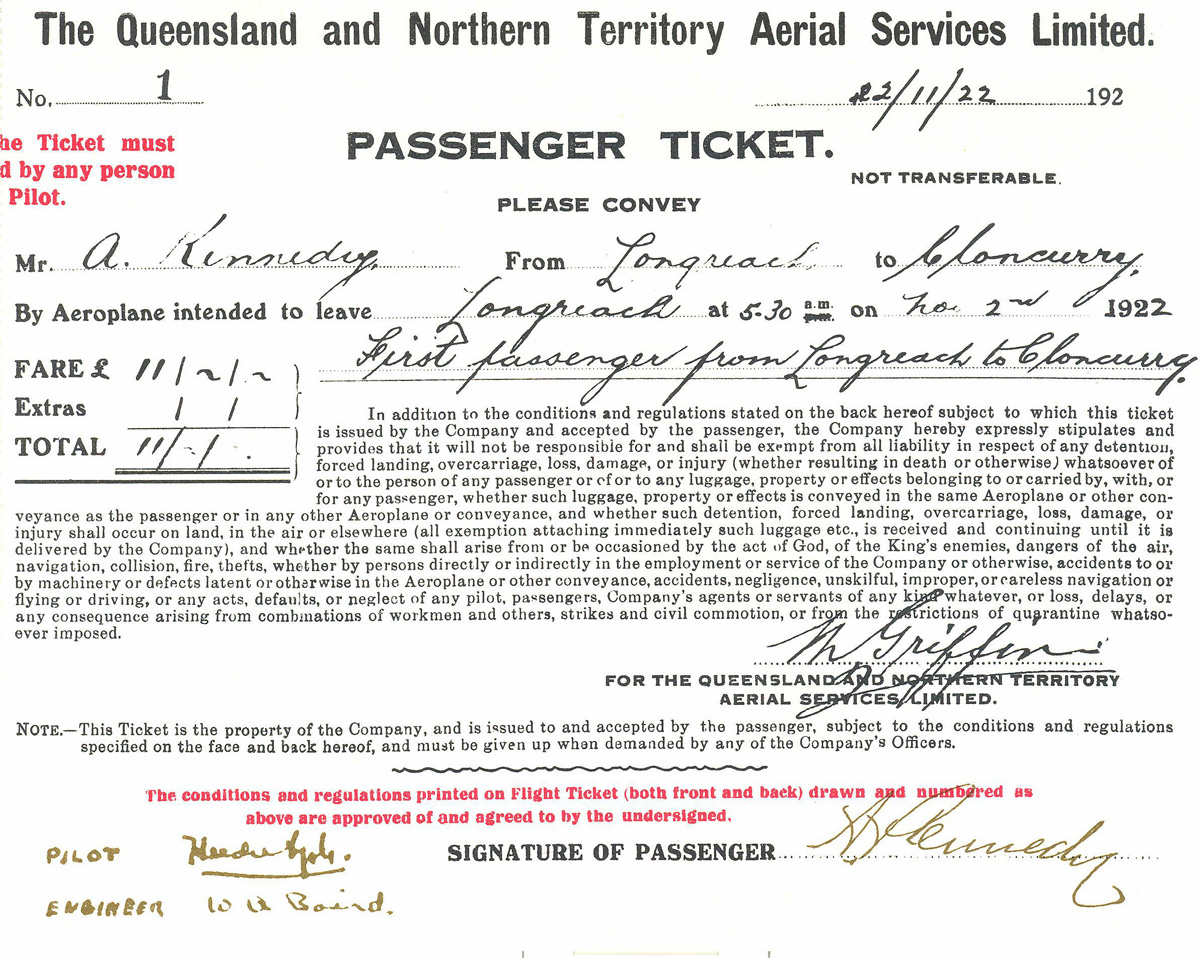
Hudson Fysh recalled the event in his book, Qantas Rising, “The Armstrong Whitworth was wheeled out of the hangar at the first streak of dawn, many willing hands helping to push her to the then uneven surface of the stony ‘tarmac’. The 160hp Beardmore engine sprang to life after Baird and his helpers had given the propeller a few turns, and flickering flames jetted from the exhaust stubs.
“I climbed into the cockpit and ran the engine up. Yes, she gave her full revs and all was in readiness. Kennedy climbed in, brushing off assistance as he groped for the foot-niches in the side of the fuselage, and then he was settled with safety belt adjusted. Baird was aboard too. The chocks were pulled away from the wheels, and out we taxied to the far corner of the aerodrome.
“The wind was light and fitful, coming from the north-east in warm puffs. It was going to be a scorching western day. When I opened up the throttle with a roar we gathered motion, careering towards the far fence, but we did not seem to be getting the usual lift, the revs were down a shade, and the old AW refused to come unstuck. I shut off and taxied back for another try.
“After three attempts with the same result I taxied back to the hangar again and running up the engine found that we were 50 revs down, just enough to make the difference. The other machine, old G-AUDE, which the day before had opened the service with McGinness, was hastily got out, our load transferred, and we were out for another try.
“No doubt about it this time as we rose in the morning air and headed over the still sleeping town for Winton, our first stop, 35 minutes late on our departure time.” —Qantas
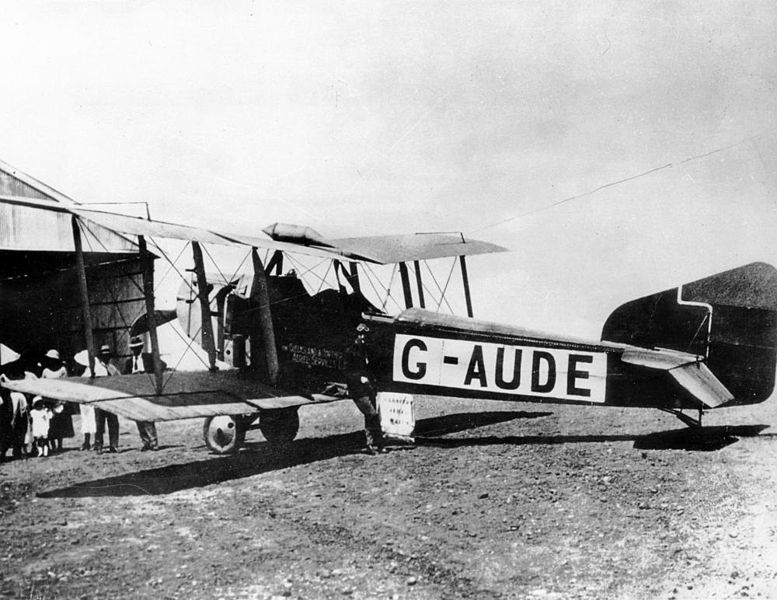
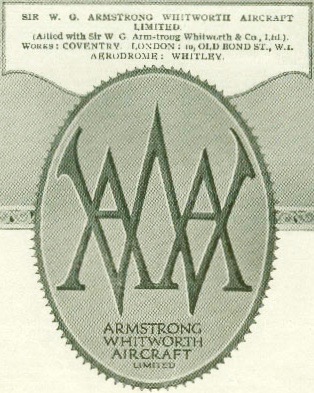
The F.K.8 was powered by a water-cooled, normally-aspirated 16.629 liter (1,014.74-cubic-inch-displacement) Beardmore Aero Engine, Ltd., 160-h.p. inline six-cylinder engine with a compression ratio of 4.76:1. Although the engine was identified as “160 h.p.”, it produced 174 horsepower at 1,250 r.p.m., and during a maximum power test, 208 horsepower. The engine weighed 620 pounds (281.2 kilograms).
The F.K.8 had maximum speed of 95 miles per hour (153 kilometers per hour) and a service ceiling of 13,000 feet (3,960 meters). Qantas operated three of these biplanes, G-AUCF, G-AUCS and G-AUDE.
Qantas’ Armstrong Whitworth F.K.8, G-AUDE, c/n 69, was formerly Royal Air Force F4231. The airplane had been purchased as surplus equipment by Simpson, Tregilles Aircraft and Transport, Ltd., Perth, Western Australia, and was first registered 28 June 1921. It was sold to Qantas in 5 September 1922. The airplane was damaged beyond economical repair in a forced landing near Blackall, Queensland, 13 September 1923. The pilot was not injured. The airplane was dismantled and later burned.
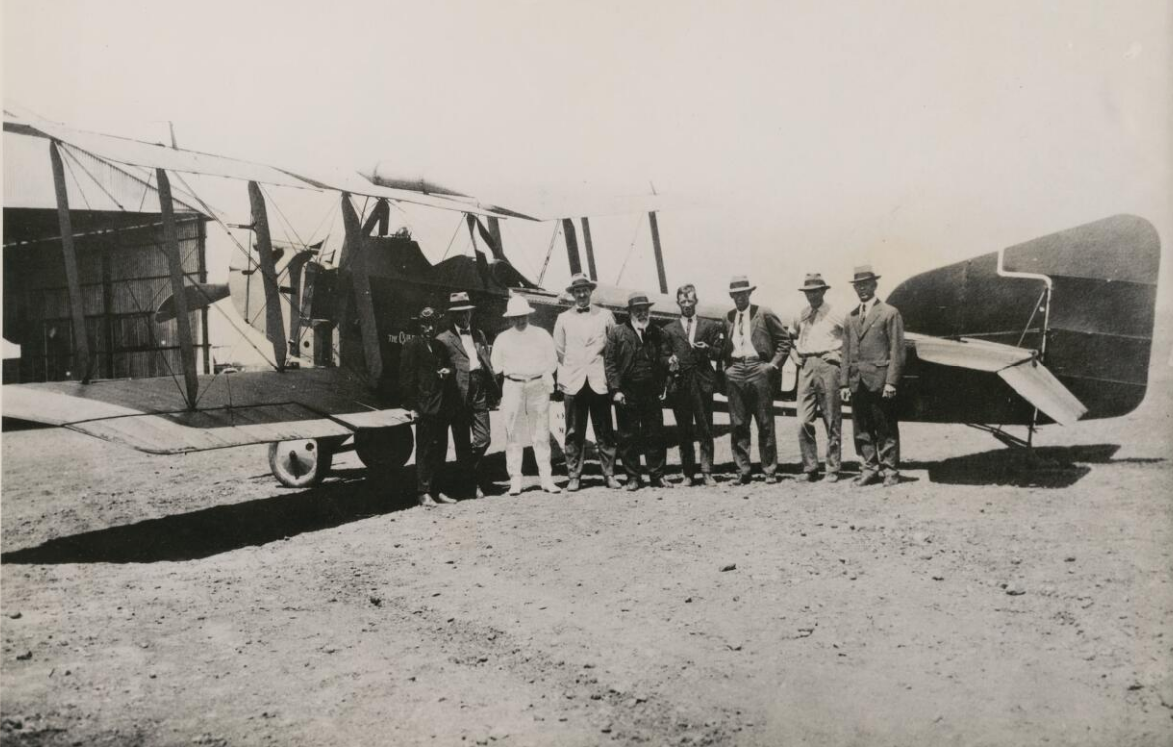
© 2018, Bryan R. Swopes
